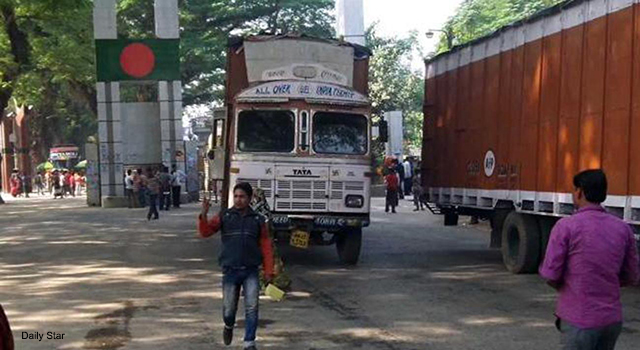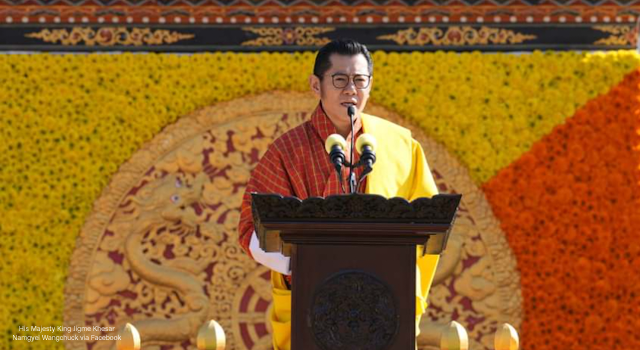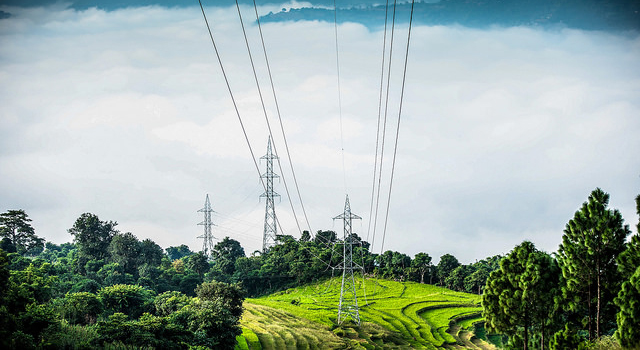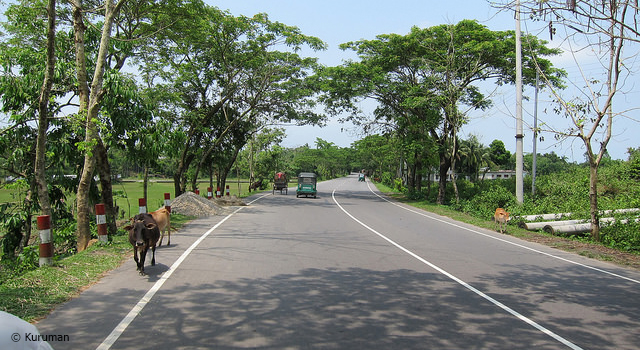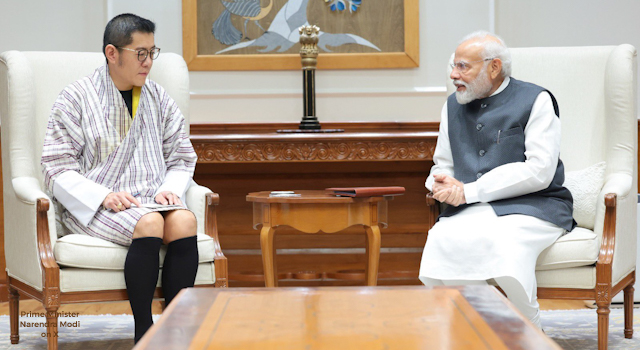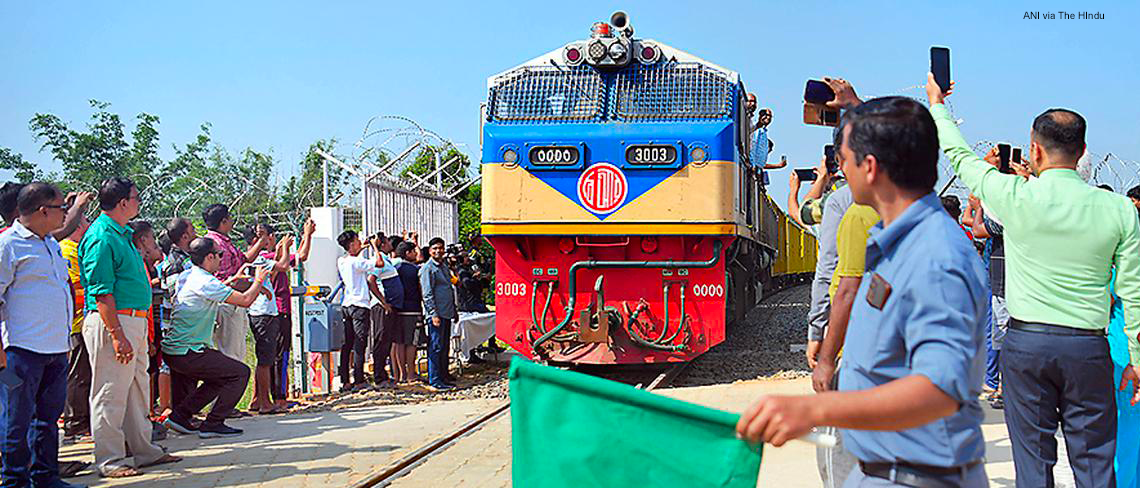
ADB Blog: SASEC's New Vision to Transform Subregion
31 March 2017
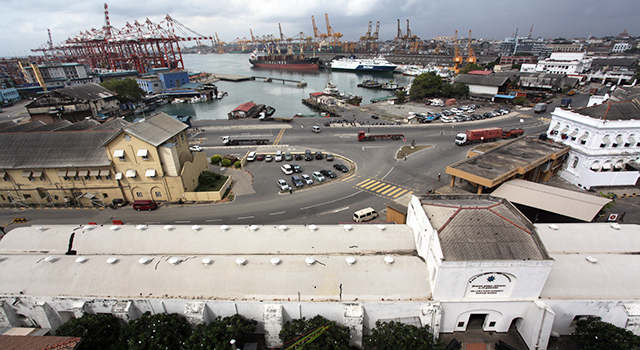
Endorsement of the new SASEC Vision statement by Finance Ministers of SASEC member countries will transform it from a simple blueprint into an engine to drive an annual estimated $70 billion in additional subregional gross domestic product by 2025. Mr. Hun Kim, Director General, South Asia Department, Asian Development Bank (ADB), highlights how the SASEC Vision will help take the SASEC partnership to another level of economic growth.
This item was first published on ADB's Asian Development Blog.
SASEC’s New Vision to Transform Subregion
By Mr. Hun Kim
When Finance Ministers from member countries of the South Asia Subregional Economic Cooperation (SASEC) Program meet next Monday in Delhi, it will mark a significant step in the evolution of what is now Asia’s fastest-growing subregion in terms of economic growth.
Up for endorsement is a new SASEC Vision statement designed to take the partnership to another level of economic growth. The subregion’s recent stellar growth trajectory has already brought the first waves of prosperity, helping to insulate it from financial headwinds that have buffeted other parts of the world.
Harnessing growth and connectivity
The subregion is favored as well by a comparatively young demographic, which means it has a large cohort of people of working age. This “demographic dividend” is expected to continue rising for some time to come. If harnessed properly, it could be the vehicle that catapults the SASEC subregion into one of the fastest growing economic blocs in the world.
And with Myanmar joining SASEC a little over a month ago, the grouping is well-positioned to deliver on its tremendous potential through high rates of economic growth that are also sustainable and inclusive.
Myanmar’s inclusion will help to deliver greater connectivity and stronger trade relations between economies of South Asia and those of Southeast Asia, as well as East Asia. Having Myanmar as a member reflects SASEC’s determination to look beyond South Asia, and toward the very significant mutual benefits to be found by building cooperation with new partners and new regional markets.
With Myanmar's strategic location at the crossroads of Asia, regional connectivity in the transport and logistics sector, as well as in the energy sector, among others, should bring about significant benefits to all SASEC members and the Asia region more broadly.
Share resources, build networks, expand trade
The endorsement of the SASEC Vision in Delhi in a couple of days will transform it from a simple blueprint into an engine to drive an annual estimated $70 billion in additional subregional GDP by 2025.
The Vision will help SASEC member countries plan how to transform national and subregional road transport corridors into industrial and economic corridors that bring jobs, promote domestic and foreign direct investment, trade and services, urban development, and sustainable economic growth.
Specifically, there are three main levers available to SASEC economies to deliver on the new agenda:
- Share resources to feed latent industry demand.
- Bolster industrial networks by tapping individual country specializations.
- Create symbiotic trade relationships by linking trade routes with stronger gateways and hubs to access regional and global markets.
What benefits could this deliver for the subregion?
Bangladesh could be able to use hydropower from other SASEC member countries to power its garment industry, while acting as gateway for its landlocked neighbors. India could benefit from exports of refined petroleum products to Bangladesh as India expands the market for the refineries located in its northeast region.
Bhutan’s hydropower and mineral revenues could help diversify the Himalayan kingdom’s economy, moving into floriculture, food processing, and paper mills. Northeast India could sell agricultural products and trade petroleum products with energy-thirsty Bangladesh.
Other examples are in the Maldives, where the lucrative tourism industry could benefit from intra-island and subregional connectivity, with potential future gains to be had if the country can put itself on the global trans-shipment map.
By transforming from a landlocked to land-linked economy, Nepal can further develop its agribusiness and tourism industries. Finally, Sri Lanka can realize its goal of reaching high-income status by serving as a subregional hub for cargo container and LPG gas, and capitalizing on its phosphate and rubber resources.
From planning to investing
SASEC’s new Vision aims to build on an impressive recent track record. The SASEC Operational Plan 2016-2025 launched last year lists over 120 projects worth more than $220 billion in sectors identified by South Asian governments as crucial to sustain economic growth over the next decade.
That plan is off to a good start. In 2016, ADB—as SASEC’s lead financier as well as its secretariat—approved nine projects worth a total $2.4 billion, a significant increase over the $500 million annual average value of projects in the first 15 years of program implementation. The approved projects include $1.2 billion in economic and transport corridor projects in India.
Translating SASEC’s new vision into reality, though, requires strong national ownership of the new agenda – as well as further sustained commitment.
Member countries must ensure cohesive planning and effective coordination of programs, projects, and policies. It is up to the SASEC countries themselves to make good on their promise of powering the subregion in the 21st century.



